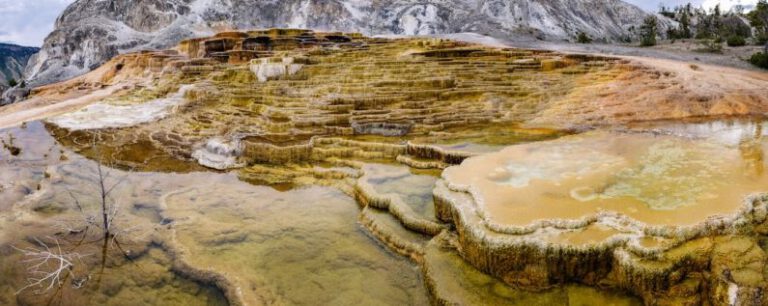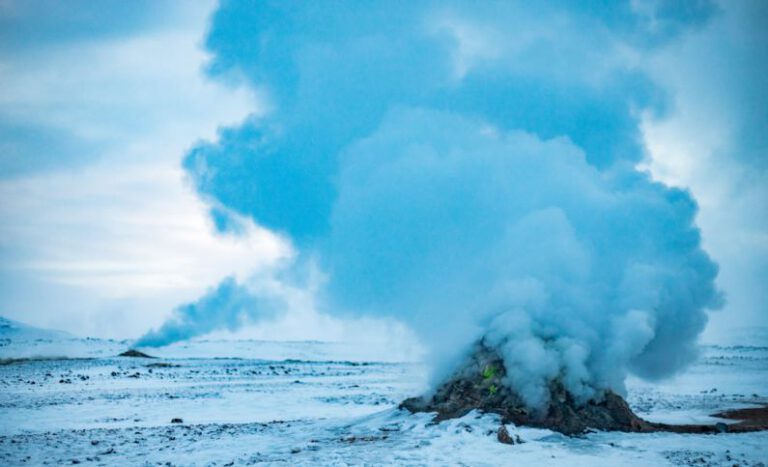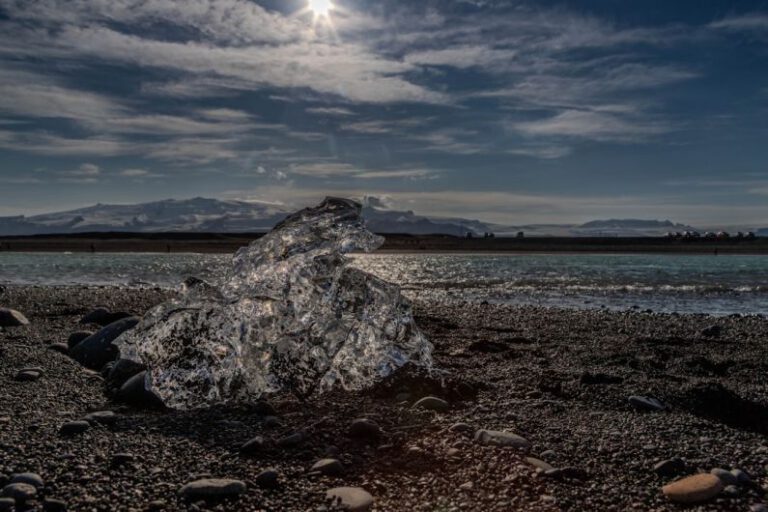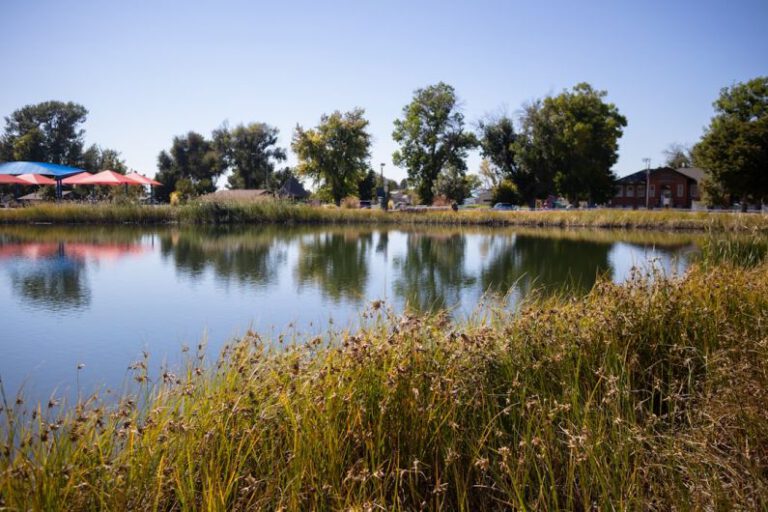Cave of Crystals,giant Crystal Cave, Mexico: Illusion or Reality?
Deep within the heart of Naica Mountain in Chihuahua, Mexico lies a natural wonder that seems straight out of a fantasy realm – the Cave of Crystals, also known as the Giant Crystal Cave. This breathtaking cavern, discovered in 2000 by miners excavating a new tunnel, is a sight to behold, with crystals reaching sizes unheard of in any other known geological formation. However, the sheer size and beauty of these crystals have led to some skepticism and debate within the scientific community. Are the stunning crystals of the Cave of Crystals an illusion or a reality?
The Discovery of the Cave
The story of the Cave of Crystals begins with the discovery of the Naica Mine in the 18th century, known for its rich deposits of silver, zinc, and lead. In April 2000, while drilling a new tunnel in the mine, miners stumbled upon a hidden chamber filled with giant crystals. These crystals, composed of selenite, a form of gypsum, are some of the largest ever found on Earth, with some reaching lengths of up to 39 feet and weighing several tons.
Extreme Conditions
The Cave of Crystals is not only known for its remarkable crystals but also for its extreme environmental conditions. The cavern is situated approximately 1,000 feet below the surface and is sweltering hot, with temperatures reaching up to 122 degrees Fahrenheit and humidity levels close to 100%. These harsh conditions make it nearly impossible for humans to enter the cave without specialized suits and cooling systems, limiting scientific exploration.
Formation of the Crystals
Scientists believe that the crystals in the Cave of Crystals formed over thousands of years through a unique combination of factors. The crystals grew in a hydrothermal chamber filled with mineral-rich water heated by the Earth’s magma, allowing the selenite to slowly crystallize and grow to immense sizes. The perfect storm of temperature, pressure, and mineral composition created the ideal conditions for these extraordinary crystals to develop.
Debate and Controversy
Despite the awe-inspiring beauty of the crystals in the Cave of Crystals, there has been some debate within the scientific community about their authenticity. Some skeptics have questioned whether the crystals are truly natural formations or if they may have been artificially created or enhanced. However, extensive research and analysis have confirmed that the crystals are indeed natural and not the result of human intervention.
Preservation Efforts
Due to the delicate nature of the crystals and the unique environment of the cave, efforts have been made to preserve this natural wonder for future generations. In 2015, the mining company that owns the Naica Mine temporarily halted operations in the area to prevent damage to the crystals and allow for further scientific study. Researchers continue to monitor the cave to ensure its long-term preservation.
The Future of the Cave
As our understanding of the Cave of Crystals deepens, new questions and possibilities arise. Scientists are eager to unravel the mysteries of how these giant crystals formed and what they can tell us about the Earth’s geological processes. The cave remains a source of wonder and inspiration, inviting us to marvel at the beauty and complexity of the natural world.
In conclusion, the Cave of Crystals in Mexico is a real and awe-inspiring geological wonder that continues to captivate scientists and visitors alike. The debate surrounding its authenticity only adds to the intrigue and mystery of this extraordinary natural formation. As we strive to protect and study this unique environment, the Cave of Crystals stands as a testament to the incredible forces at work beneath the Earth’s surface.






